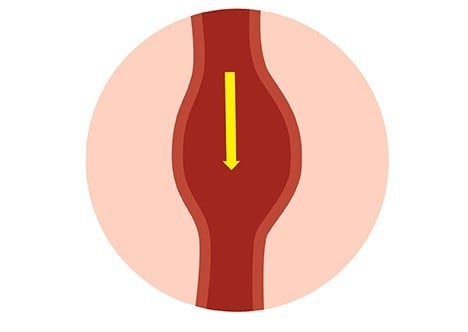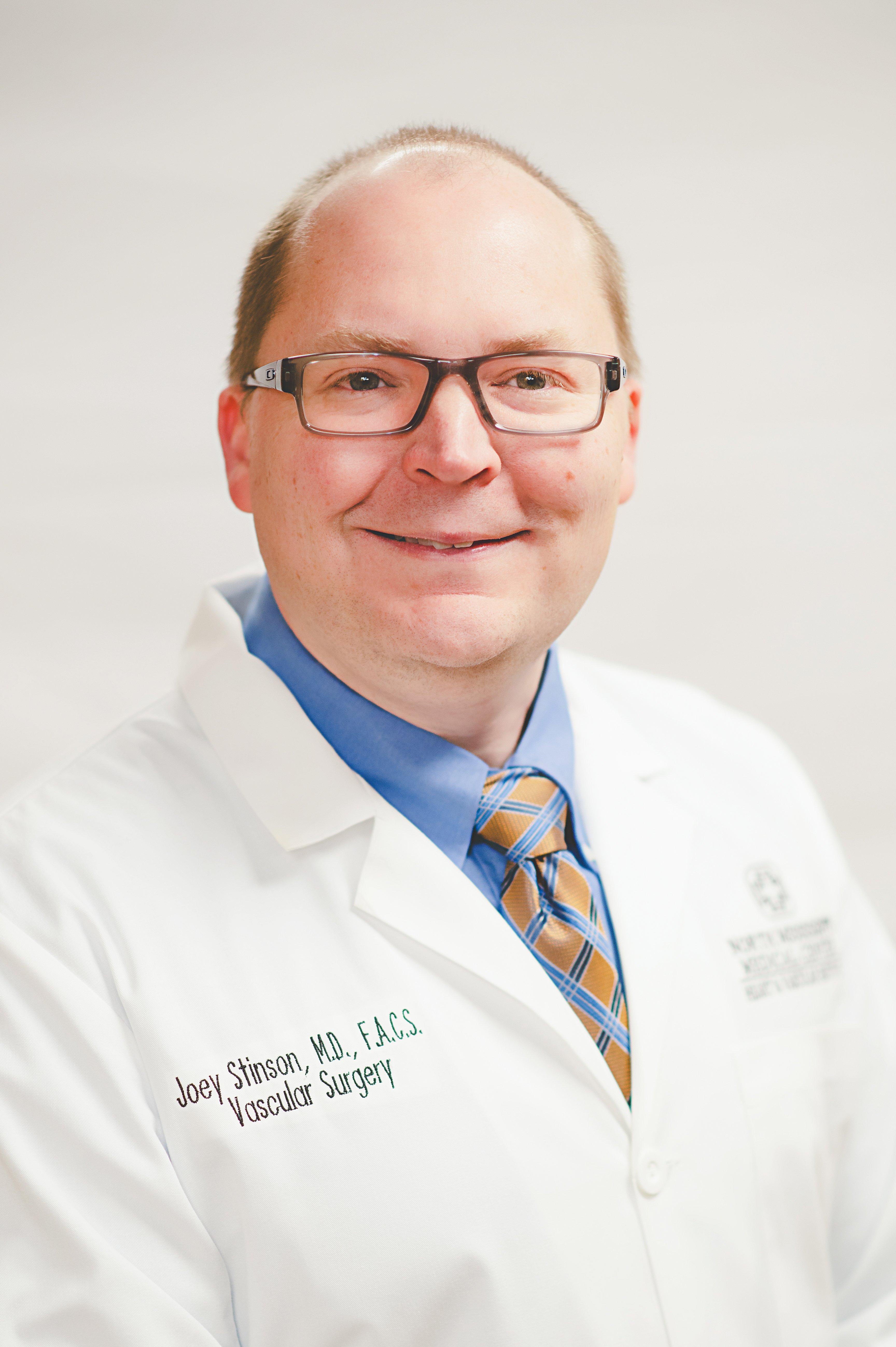



Summary
What a vascular surgeon wants you to know about abdominal aortic aneurysm
Abdominal aortic aneurysm (AAA) is silent but potentially deadly. Here’s what you need to know.
An aneurysm occurs when pressure from inside an artery causes a weak section to bulge out beyond the artery’s normal width. If the artery increases at least 50% in diameter, it is considered an aneurysm.
The larger the aneurysm becomes, the weaker the wall becomes, which can lead to rupture.
Aneurysms can be caused by:
- Degeneration of tissue (most common cause)
- Trauma
- Infections (called mycotic)
- Inflammation
- Genetic disorders
Aneurysms can form in any artery, but the abdominal aorta (the larger artery that runs through the torso) is among the most common locations for aneurysm.
Risk Factors
Old age, male gender and smoking are the most important risk factors for developing an aortic aneurysm.
- AAAs are four to six times more common in men than women.
- Approximately 5% of men over age 65 have a AAA greater than 4cm in diameter.
- Smokers are five times more likely to develop an AAA than nonsmokers.
Other risk factors include:
- Family history
- Race
- Peripheral vascular disease
- Coronary artery disease
A family history of AAA and being Caucasian increase the risk for AAA development by two-fold.
While high blood pressure does not inherently increase the chance of developing an AAA, it is thought to increase the risk of rupture in someone who has an AAA.
Danger Zone
If an AAA ruptures, it is fatal without prompt surgical repair.
The one-year risk of rupture for an AAA between 5.5 and 5.9cm is 9%; if the AAA is greater than 7cm, the rupture risk can be as high as 33% in one year.
Rapid growth of an AAA or abdominal/back pain associated with an AAA also increases the risk of rupture.
Identifying AAA
If you have significant risk factors, your doctor may order an abdominal ultrasound to find an AAA.
A CT Angiogram can also find AAAs and is necessary to evaluate treatment options.
Treatment
If an AAA is greater than 5cm in a low-risk patient, surgical treatment can be considered. An abdominal aortic aneurysm less than 5cm needs surveillance with routine ultrasound or CT scans.
For acceptable candidates, larger aneurysms can be treated with stents as endovascular surgery (a minimally invasive procedure performed inside a blood vessel). Traditional open surgery can be done for patients who are unable to have endovascular repair.
Seek Help
A vascular surgeon is the only surgeon who is specifically trained in all the diagnostic, management and surgical options for abdominal aortic aneurysms.
If concerned that you or a loved one has an AAA, consult a board-certified vascular surgeon for evaluation. The vascular surgeon can discuss with you all the treatment options and long-term management plans.


Joey Stinson, MD
Dr. Joey Stinson is a vascular surgeon with Cardiothoracic and Vascular Surgery Clinic. A native of Opelika, Alabama, Dr. Stinson relocated to Tupelo for an opportunity to build a top-notch vascular program in 2015, shortly after completing a vascular surgery fellowship at the University of Mississippi Medical Center in Jackson. He has a special interest in carotid disease, abdominal aortic aneurysmal disease and peripheral vascular disease.

Subscribe to Our Newsletter
Like this content and want to get more? Sign up for True North, the health and wellness newsletter from North Mississippi Health Services!

Subscribe to Our Newsletter
Like this content and want to get more? Sign up for True North, the health and wellness newsletter from North Mississippi Health Services!

Nurse Link®
Call 1-800-882-6274 anytime to speak directly to a registered nurse and get immediate answers. Using computerized medical protocols, nurses direct callers to the most appropriate medical treatment. Our nurses are available 24 hours per day, seven days per week.